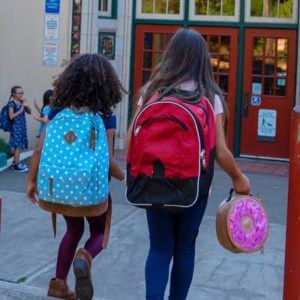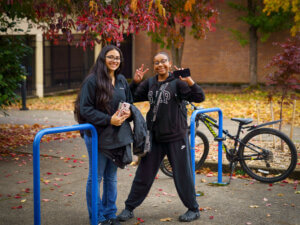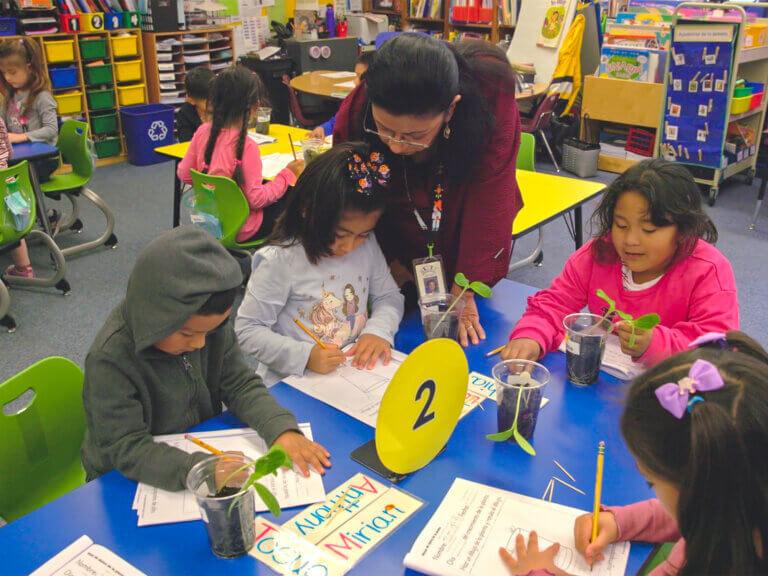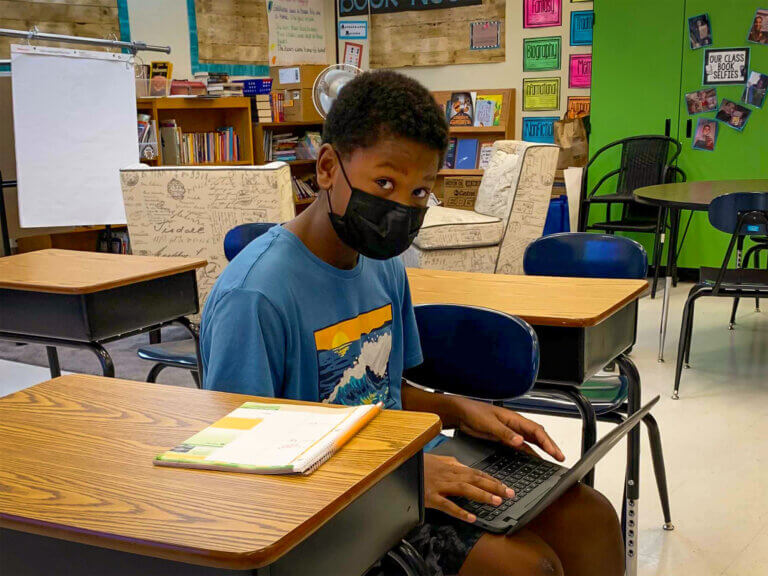
Boosting School Attendance
For every Oregon student, maintaining a good attendance record is key to success. When students regularly attend class, they stay on track with lessons, assignments, and class discussions, all of which are crucial to deepening their understanding of the material. Consistent attendance helps build a strong foundation for learning, boosts academic performance, and fosters a sense of responsibility and, perhaps more crucially, a sense of belonging. On the flip side, frequent absences can make it harder to catch up, leading to gaps in knowledge and missed opportunities for growth. Simply put, showing up matters—not just for grades, but for long-term success.
As public schools across the nation continue to grapple with the transition from remote to classroom learning in the wake of COVID, Oregon’s Department of Education is leaning into the importance of boosting student attendance. Their efforts highlight the importance of strong attendance, not just on grades, but as a way to improve overall student health and wellbeing.

Walk ‘n’ Roll
Safe Routes to School
Active travel to school doesn’t just happen. Schools are taking a role in creating safe routes for walking, biking, and rolling to class.
Transportation and Attendance
Working in conjunction with the Safe Routes to School Program (SRTS), Oregon schools are actively working to identify barriers to walking, biking, and rolling to school. The program assists schools with initial surveys while providing staff training and materials to encourage active travel to school. When a lack of sidewalks, bike lanes, or safe crossings are an issue, schools can apply for grants through SRTS to improve routes between neighborhoods and schools.
It’s not just about having back-up plans for getting to school. Kids who walk and bike to school tend to be healthier, happier, and often do better academically — all of which fosters better attendance.

Food for Thought
Students whose days include both a healthy breakfast and lunch are better prepared for learning and positive interactions throughout the day. Good nutrition helps their immune systems resist or recover from illnesses that might otherwise reduce their classroom attendance.
It turns out, however, that making these meals available at school is only part of the equation. Even when disadvantaged students are provided with free meals, they are often served through a system that requires them to be identified as such — a situation that can lead to stigma, shame and even bullying.
One way to address this challenge is to offer free breakfast and lunch to ALL students, regardless of their families’ incomes. This year, about 70% of Oregon schools offer universal free breakfasts and lunches to all students (up from 55% in 2022/2023) — and the goal is to increase that number in the coming years. Eating meals at school helps students feel more connected; knowing that every student eats for free helps students feel equal.

Making a Difference: School Nurses
Research shows that increasing the number of school nurses can reduce rates of chronic absenteeism, and Oregon is working to hire more of these critically important health professionals. School nurses are uniquely positioned to address students’ health-related challenges — like asthma, dental issues, mental health concerns, and more — any of which can lead to unplanned and ongoing absences.
Nurses play a crucial role by working closely with families, providing necessary health education, and directly addressing medical needs. Schools with active health initiatives, including full-time nurses and coordinated school-based health centers, see significant reductions in absenteeism and improvements in student outcomes, highlighting the important role school health providers play in attendance-improvement efforts.
The Need for Belonging
Through many efforts, Oregon schools are working to foster a sense of belonging among their students. There is a strong positive relationship between sense of belonging and attendance rates across grade levels, with four indicators showing particularly strong association: “I feel welcome at school”, “I have friends at school”, “I like going to school”, and “There are adults at my school who care about me.”
When students can agree with these statements, school becomes a place where they want to be every day. A sense of belonging leads to better attendance just as better attendance leads to greater chance at academic success.
Supporting Education Across the State
LOTTERY DOLLARS DOING GOOD THINGS IN YOUR COMMUNITY

Economic Growth

State Parks

Outdoor School

Natural Habitats

Public Schools
















